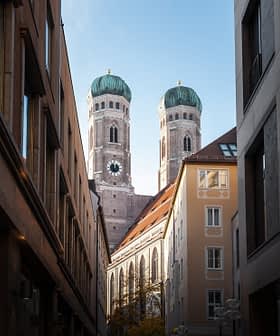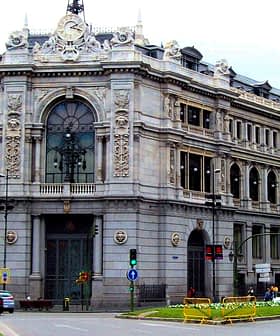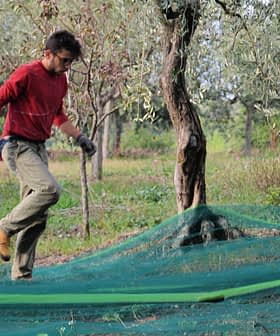Visitors approach Shodoshima Island by boat and marvel at a mountainous fertile landscape, which greets them with beautiful beaches, breathtaking gorges, macaques and unusual vegetation.
However, the olive trees on the Japanese island are the number one tourist attraction and have become so popular that a whole park is dedicated to the Shodoshima olives.
With the increase in olive oil consumption, a significant number of customers have become aware of the difference between high-quality and low-quality olive oil.
Oleotourism here means a dedicated museum, a replica of a Greek windmill, olive oil tasting opportunities and walks among the first olive trees grown here more than a century ago.
Shodoshima is home to Japan’s first olive groves. They thrive in an environment similar to the Mediterranean’s climate and geography, so much that locals refer to the sea surrounding the island as the Aegean.
See Also:Producer ProfilesAmong them is the son of a farmer, Noboyuki Hiraiwa, who founded his olive growing company 15 years ago. In the past few years, he brought locally-produced extra virgin olive oil to the world stage.
Agri-Olive Shodoshima (AOS) is developing a history of success at the world’s largest and most prestigious olive oil competitions. At the 2022 NYIOOC World Olive Oil Competition, AOS earned one Gold Award and two Silver Awards.
“We are delighted to have received such recognition by the prestigious NYIOOC,” Hiraiwa told Olive Oil Times, adding that these awards did not come by chance. “I was immersed in farming since I was a child.”
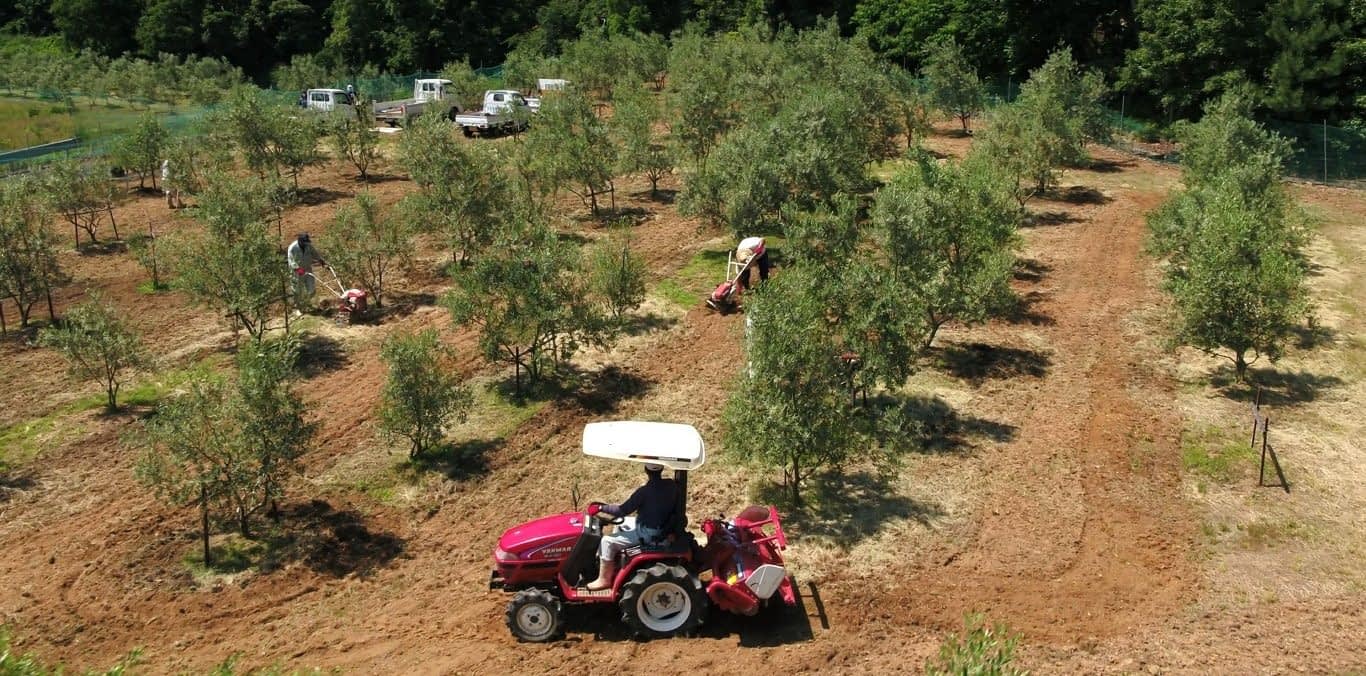
Ploughing the olive trees on Shodoshima
“My father taught me how to relate to cultivation and devise which methods to deploy,” he added. “We also had a neighboring community of farmers who shared their knowledge. On top of that, I have studied farming thanks to the Japanese dedicated public research institutes.”
AOS is a small-scale producer focused on high-quality extra virgin olive oils from the most popular olive cultivars on the island: Mission, Lucca, Manzanillo and Nevadillo Blanco. However, Hiraiwa grows 25 olive varieties among his more than 3,000 trees.
He creates a range of products from all these olives, including several grades of olive oil and other products, including cosmetics.
Along with standard Mediterranean varieties, AOS also grows the Azapa olive tree, which is widely believed to have originated in Chile’s Azapa valley, and appears to be closely related to Argentina’s Arauco cultivar.
Azapa is one of the varieties AOS deploys to produce its table olives, both green and black.
Research into material design has allowed AOS to approach olive growing with an eye on sustainability and circular economy.
For example, the company reuses the olive drupes after extracting the oil. “After olives are pressed, the pits are dried and processed to become livestock feed, which is then sold to ranchers,” Hiraiwa said.
He explained how approximately 25 percent of the olive oil stays in the fruit after the pressing, making excellent cow food. The resulting manure becomes compost, and it is then deployed on farmland, with specific benefits for olive growing.
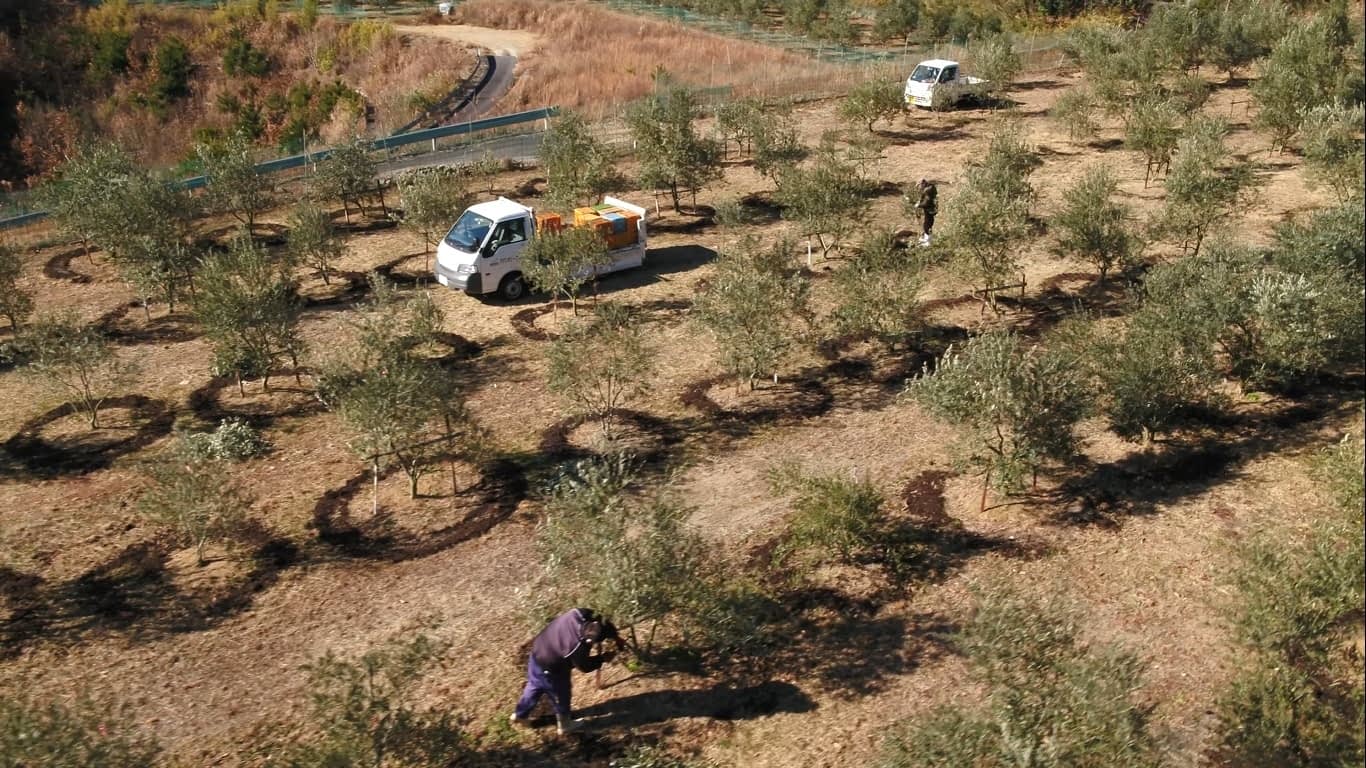
Fertilizing the olive trees is part of Agri-Olive Shodoshima’s circular economy.
On top of this, the company said the oleic acid consumed by the cows also affects beef quality. According to AOS, the Sanuki beef from such cows is highly valued for its soft and lean nature and delicious flavor.
“One of the olive transformation process byproducts, the wastewater, is also composted with pruned olive branches and reused to enrich our farmland,” Hiraiwa said.
Along with many other producers in Japan, Hiraiwa added that labor availability is one of the biggest challenges facing AOS.
“Because the island is remote and there is only some flat land, most of the island is undergoing a depopulating phenomenon,” he said. “This leads to a population aging at an accelerated rate, which means fewer people are interested in farming work.”
According to Hiraiwa, the workforce scarcity affects the company’s strategies, which can not afford a completely organic approach to olive growing because there are not enough workers to take care of the trees.
“To maintain the health of the trees, we keep a wide distance between our trees and constantly properly prune them to improve ventilation and allow the deployment of countermeasures against disease-causing bacteria,” Hiraiwa said.
Even with these challenges, the outlook for Shodoshima’s extra virgin olive oil producers seems bright, as Hiraiwa emphasized how olive oil culture is slowly growing in the country.
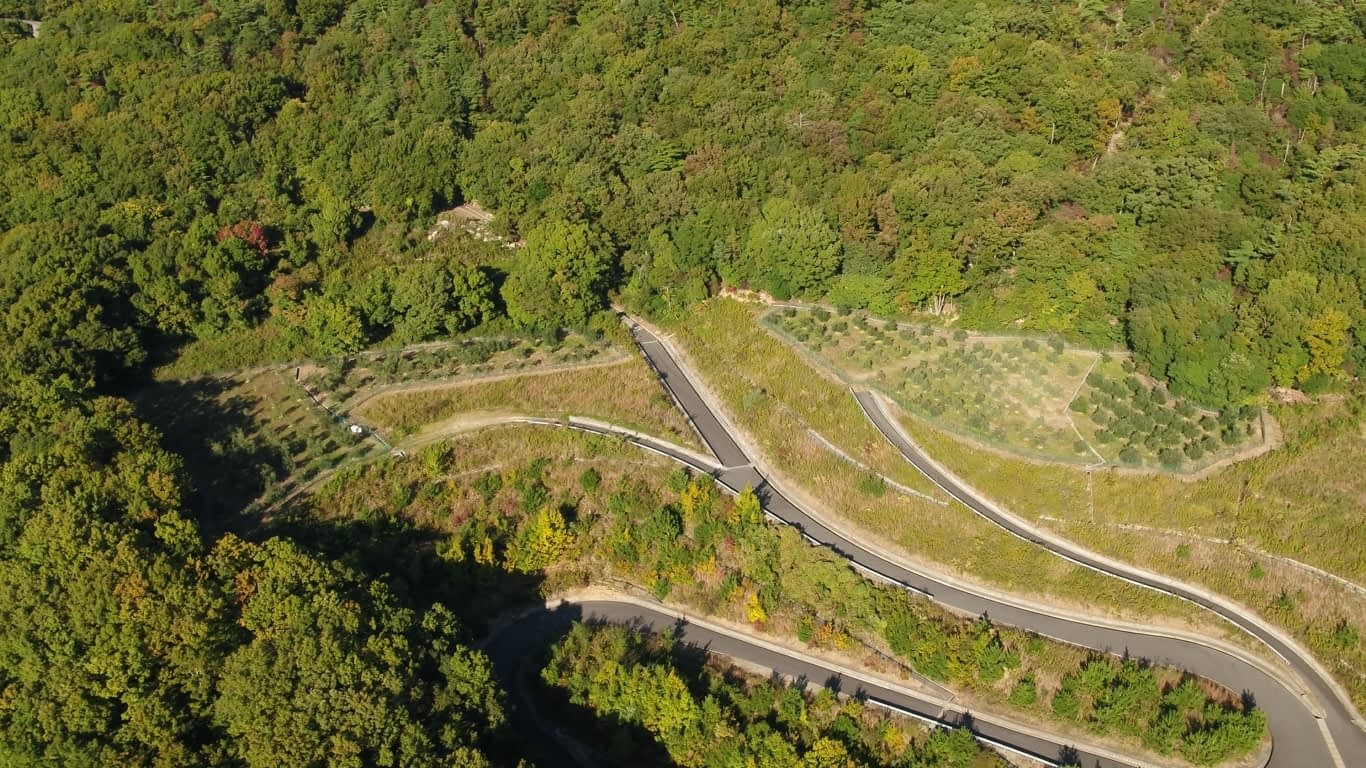
“Today, more and more households in Japan use olive oil, and overall consumption has been growing in the latest years,” he said.
According to International Olive Council data, olive oil consumption in Japan has grown from 4,000 tons in 1990 to 60,000 tons in the 2021/22 crop year.
“In addition, in Shodoshima, which is home of the largest producers of olive oil in Japan, olive oil is on the menu for school lunches and served at daycare centers through junior high schools,” Hiraiwa said.
The Japanese producer also added that “with the increase in olive oil consumption, a significant number of customers have become aware of the difference between high-quality and low-quality olive oil.”
AOS maintains its infrastructure to transform the olives in a short time after harvest and store them away from oxygen, light or temperature changes.
These investments have helped Hiraiwa achieve the highest possible results in terms of product quality. For now, the only new challenges he envisions for the sector come from climate change.
“We believe that climate change is most likely to affect olives, which grow in a natural environment,” he said. “We are concerned, as rainfall patterns change during the rainy season, which is unique to Japan, and temperature and humidity during the harvesting season have both a significant impact on olive yields and quality.”
“We also pray that peace, the language of the olive flower, will reach the world and that peace and tranquility will soon reach the people of Ukraine,” Hiraiwa concluded.


